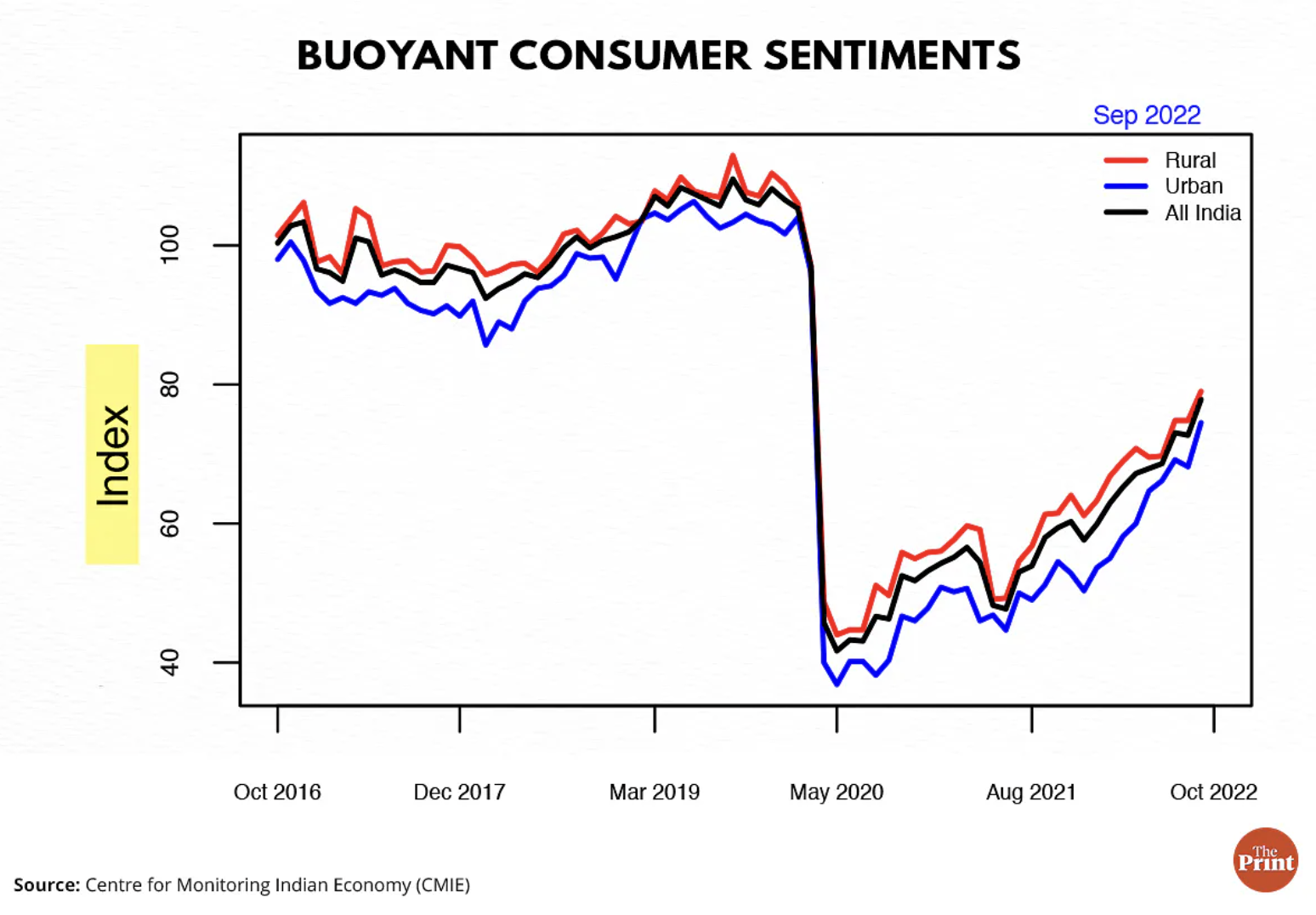Diwali Hangover is Real: The Aftermath of the Festive Splurge

After two years of Covid-19 induced lockdown and staying indoors, India is again celebrating its festivals with the same enthusiasm and optimistic spirit.
Diwali is not just a vast cultural festival for India, but also has a huge impact on the economy. Who doesn’t splurge on the festival of lights? Consumer sentiment and religious beliefs play an important role in the economic activities of buying and selling goods and services.
Let’s have a look at festive joy and its impacts on the economy.
How does Diwali impact the economy?
Diwali has been associated with prosperity and wealth, so it’s a traditional practice followed by Indians to splurge during the festival. This also impacts Dalal Street’s stockbroking community which practices the custom of Muhurat Trading.
The country goes on a festive shopping spree, and the markets are always the busiest this time of the year. The festival season’s retail business significantly influenced India’s rebounding economy. The business generated during the festive period impacts the market, despite the recession and inflation fears.
Does any other festival have the same impact?
The festive season in India has a decisive impact on the economy. During the last two years, the festive spirit was not high but 2022 has seen significant change. The festivals attract visitors, business growth, and consumption of goods and services. Festivals also help with free marketing and advertising for local businesses.
Diwali does have a bigger impact, considering the festival is nationwide and comes in the festive season of Dhanteras, Gowardhan Puja, and Bhai Dooj. Durga Puja, Holi, Ganesh Chaturthi, Eid, Christmas and Onam do have some significant impacts on the economy, but not on the same scale as Diwali itself.

Impact of Diwali’s growth curve
There are several direct economic impacts:
- Direct Expenditure: All the expenditures of consumerism of goods and services.
- Indirect Impact: Additional input purchases made by local businesses as a result of direct impact.
- Induced Impact: This is created when local business owners, suppliers, and employees spend the additional income they earned as a result of direct and indirect impacts.
- Multiplier Effect: The circulation of money affects the economic parlance.
Why doesn’t the growth curve sustain?
This growth curve with the onset of Diwali stays for a while since the wedding season starts. Can’t ignore the contribution of The Big Fat Indian Weddings here!
Diwali is considered auspicious and brings prosperity, and hence, the business community starts their new businesses, while many traders celebrate the beginning of a new business year. However, the onset of the wedding season does help make the curve last for a period of time, but not in the long-term process.
India has always been big on festivities and celebrations adhering to centuries-old traditions. Diwali is one such festival which helps the economy greatly, benefitting from the celebrations.
However, brands are here to stay…
With it being the season of celebrations, the value and importance of brands isn’t lost even in the aftermath of Diwali!
Check out this smallcase from Windmill Capital that could be your investment into the legacy brands of India – festive or otherwise!
Tired of battling market volatility?
The Ultimate Guide to beating market volatility is here! See what tips Shyam from Windmill Capital has for you to beat volatility in the long run!
——————————————————
This week, we are…
Reading The Last Mrs Parrish, a fresh, juicy, and utterly addictive thriller about a woman Amber Patterson who is fed up with her life, dreaming of the life Daphne Parrish takes for granted. Insinuating herself into Daphne’s life as a close confidante, Amber aims to take Daphne’s place.
Watching Shantaram, a series about an escaped convict Lin Ford who flees to the teeming streets of 1980s Bombay, looking to disappear. It’s a typical white saviour story, emphasising the exotification of India.




























































